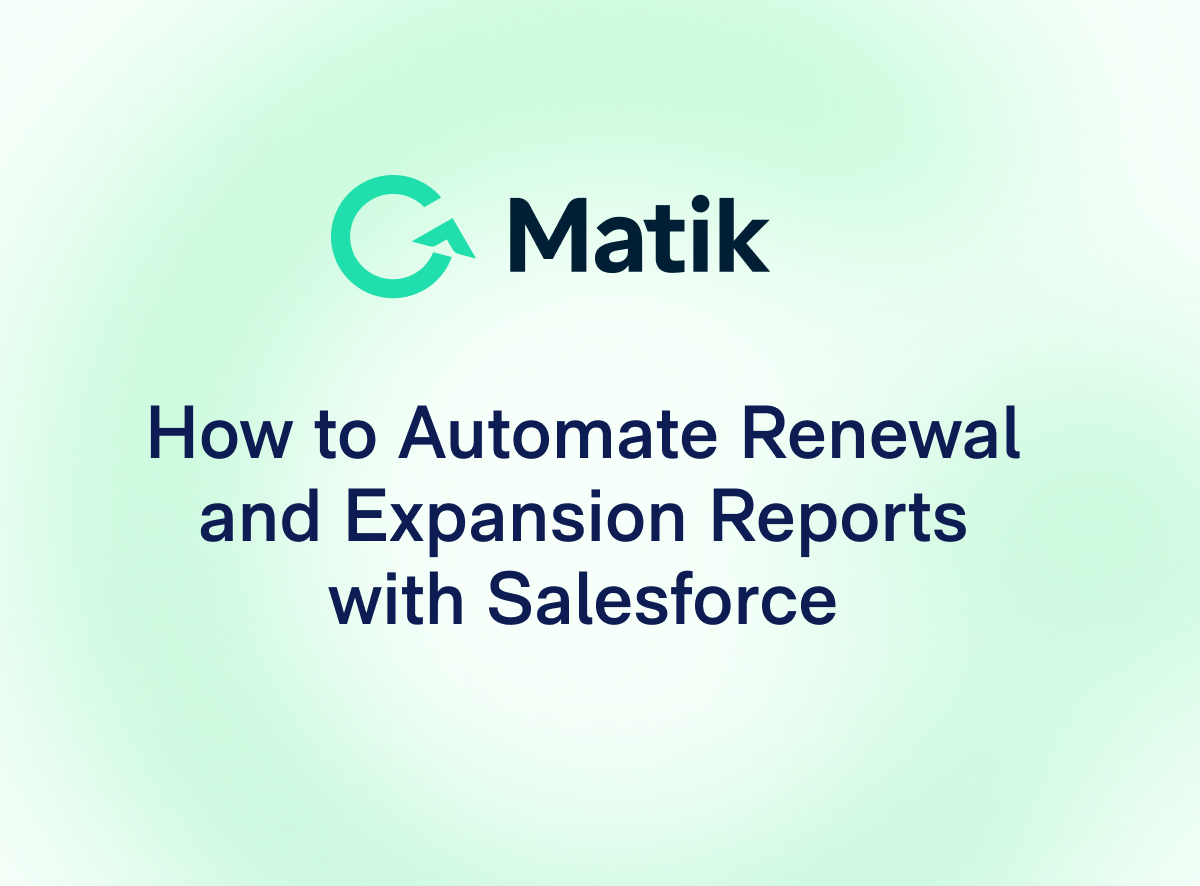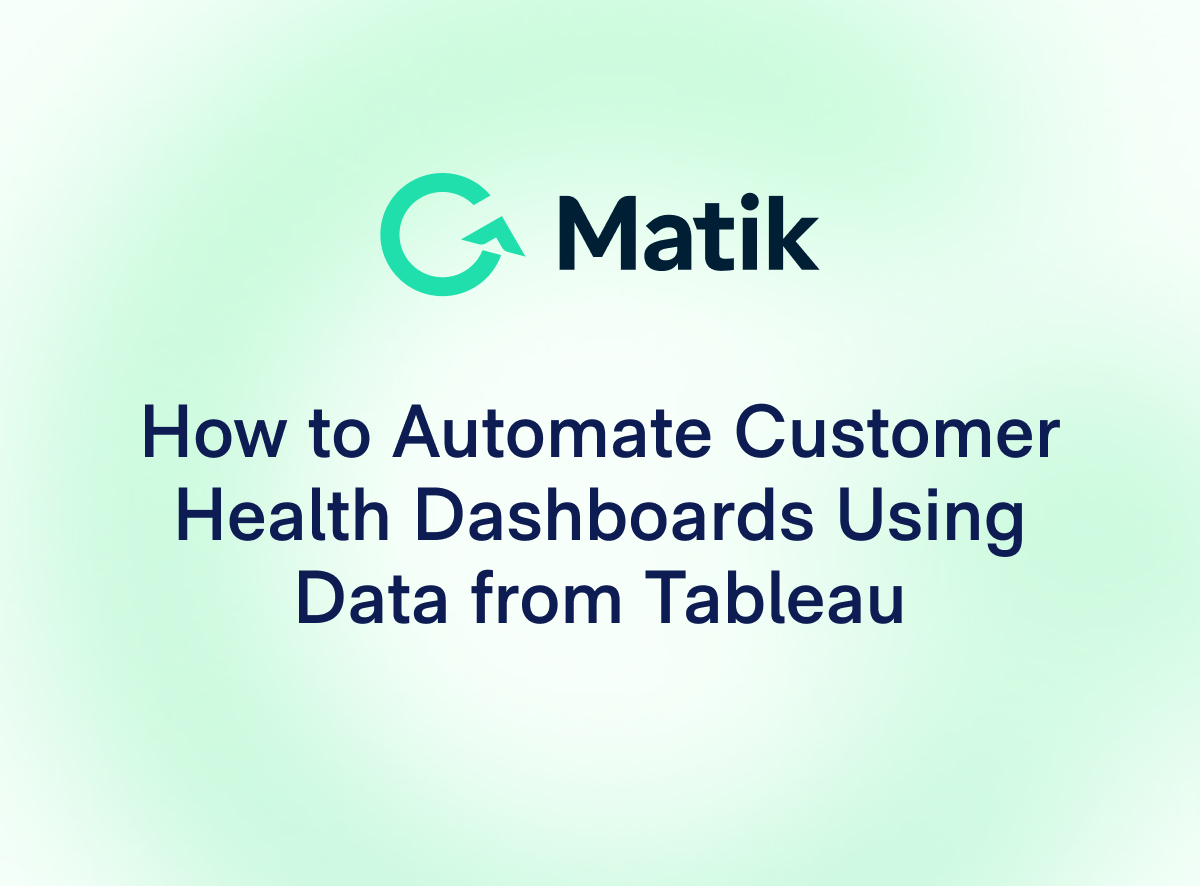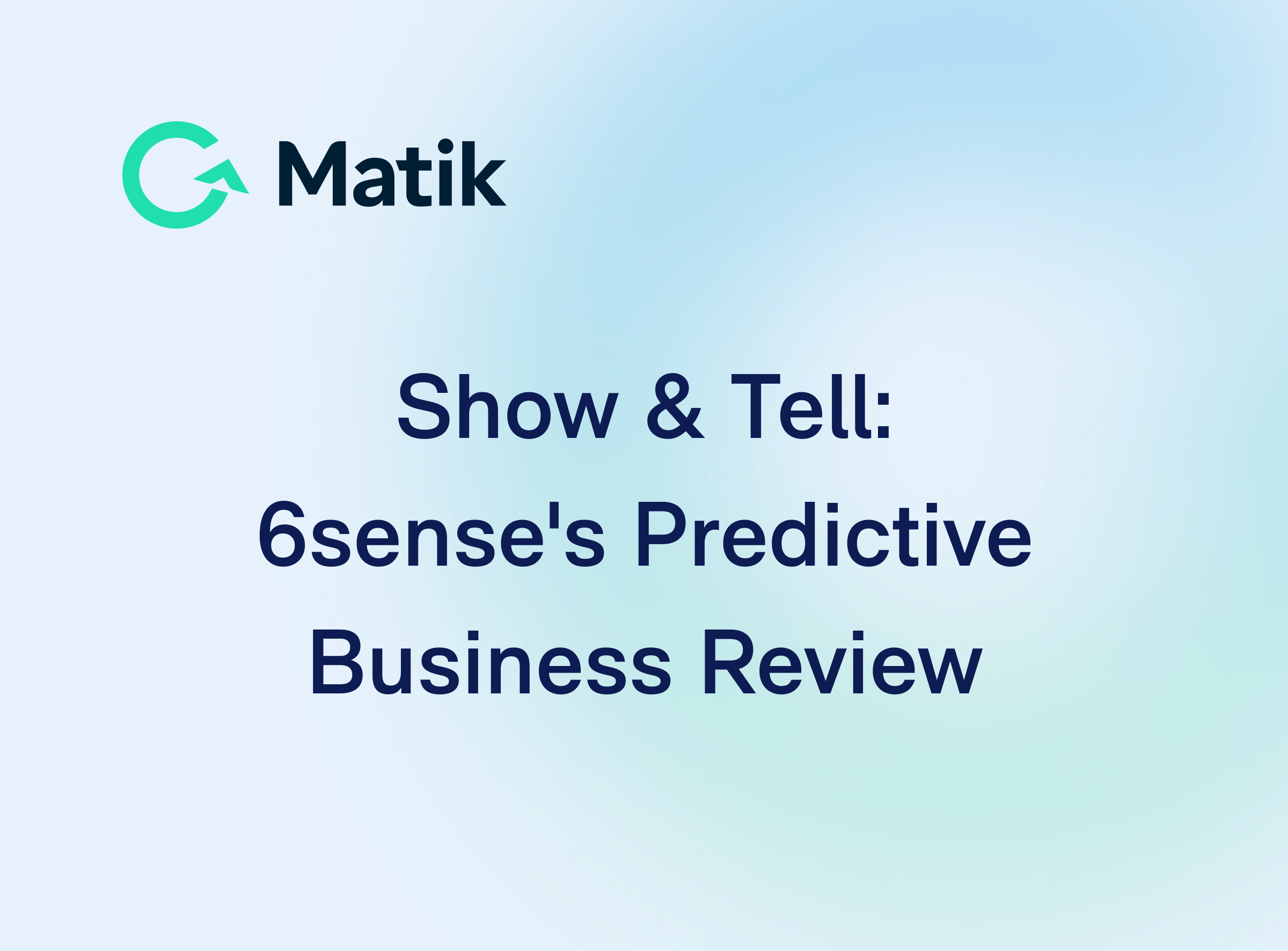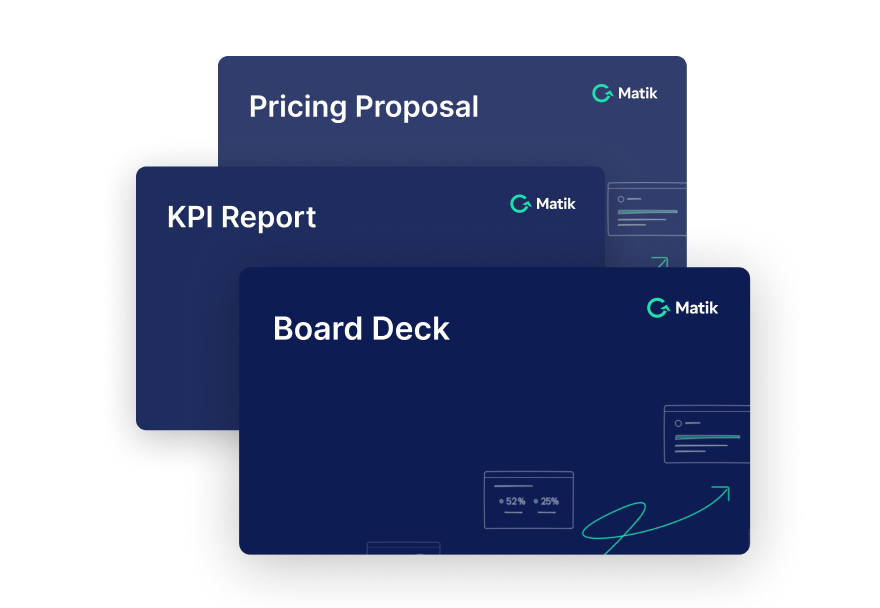Join Our Newsletter
Create an awesome deck for your CS or sales team to use? One that requires them to incorporate data and speak to it? It may be the best deck in the history of decks, but unless you've trained the team and they feel confident using it, it's going nowhere.
Many times, this kind of data-rich content fails because the people actually using it aren't sure how to update the data, or pull it for a specific account, or speak to it correctly. All of which leads to powerful content that doesn't get used.
Key to Success: Remember Who You're Training
Now there are a lot of tips on what you can do for data enablement (psst, we have one here), but all of that is useless if you're not keeping the people in mind. And when we say people, we don't mean the names or teams, but who they actually are, like their strengths and weaknesses.
These people, generally on your GTM teams (meanings ales, customer success and marketing). are not like you. They have a wholly different skill set from the you - while you may live & breathe data, these individuals may not be as data-savvy.
And starting with that understanding will help you be more empathetic and ultimately be more effective in training them.
Signs Your Data Enablement Is Not Working
Are you getting the below questions?
- Where is this data coming from?
- How do I describe this metric?
- Which metric should I use on this slide?
- What chart should I use for this data?
- Which dashboard should I use?
- Am I using the right filters on the dashboard?
- What should I look at on the dashboard?
- Did I create this chart correctly?
- What if the customer asks me something?
These questions are a sure sign that the data enablement process is not working. And on top of it, you probably don’t have time to be bombarded with all these questions. But these questions are a symptom of an underlying problem - your non-data-savvy team members just don’t feel confident about the data, whether it’s pulling the metrics, creating visualizations or just speaking to it.
Dashboards can be so powerful, but also so intimidating (so many filters!). Translating tables to visualizations like charts can be overwhelming if this isn't your bread and butter. And it can be even more difficult to relate the visuals to a talk track (let alone trying to figure out how to suss out key insights/takeaways).
Great Data Enablement Leads to Ideas
Not only does great data enablement mean that people will actually use the decks and move the needle for the company, but it can also lead to people coming up with ideas. GTM teams have a unique challenge: while they are presenting the data, they are not the ones doing the analysis and miss out on the foundational context. By helping them understand the data better, the more you can empower them.
Additionally, with good data enablement, you’re going to get less questions & more feedback that you can actually use. You’ll even start to see some excitement!
When to Do Data Enablement
While the aspirational take might be that data enablement should always be happening and continuous, it's not at all realistic. Nor does it have to be that complex!
Remember, data enablement is not about turning these GTM team members into data analysts. Again, their skillset is different from yours for a reason - you don’t want to start hiring CSMs by optimizing for their data fluency. You want to help empower them to be themselves by removing any lack of confidence that comes from having to present data - help them be eager, positive, and fearless!
The below milestone points are a great time to do a chunk of data enablement. A lot of things that you implement at each of these points will be evergreen, so this isn’t like a training session you do at launch and you’re done, but it includes the resources you create at launch that can be used on an ongoing basis.
- Creation: The biggest mistake we see data enablement programs is that it only starts when a content is ready to launch - effective data enablement starts the moment you decide to create a new piece of content.
- Launch: This is fairly straightforward and what we're all most familiar with.
- Iteration: Refers to whenever you make a change to an existing piece of content. While the change might be small to your or quick to make, it might have a different feel for someone who isn’t as familiar with the data as you.
---
Want the full lowdown on data enablement - watch the on-demand webinar on "How to Enable GTM Teams on Data".
---
See Matik in Action—Request a Demo















